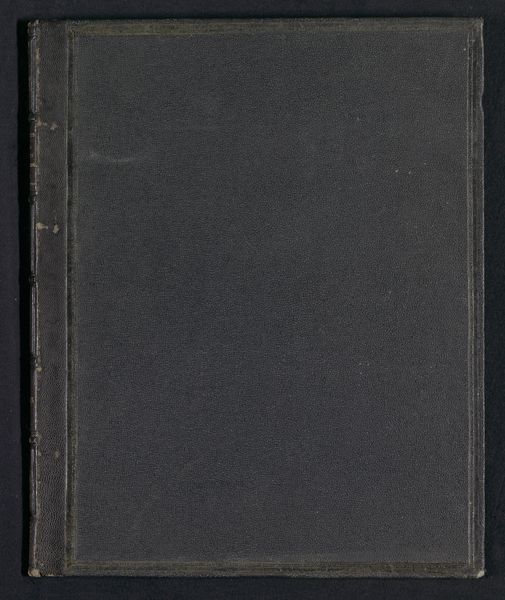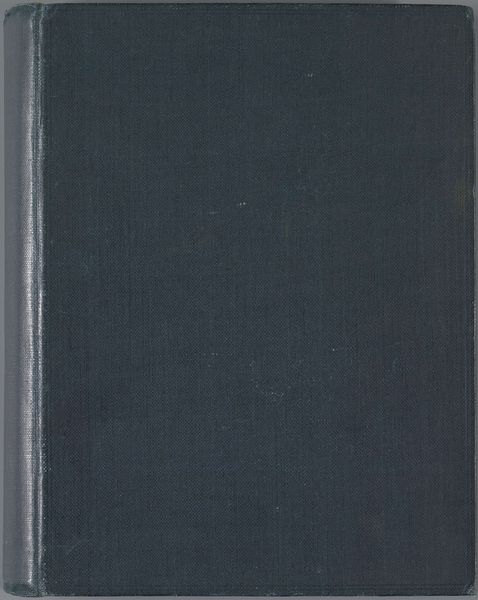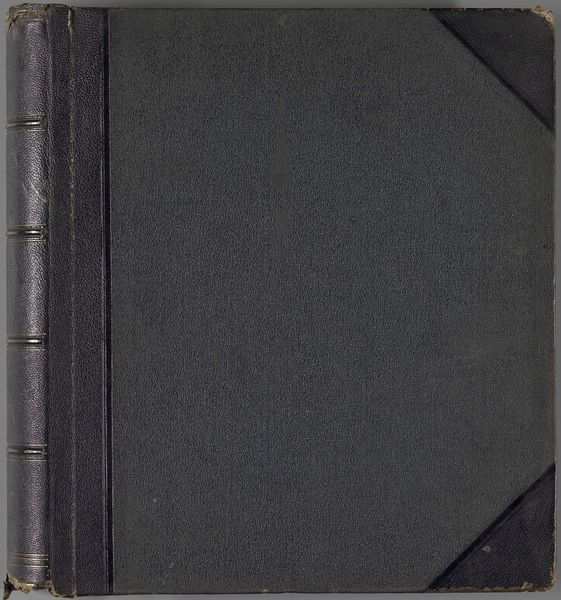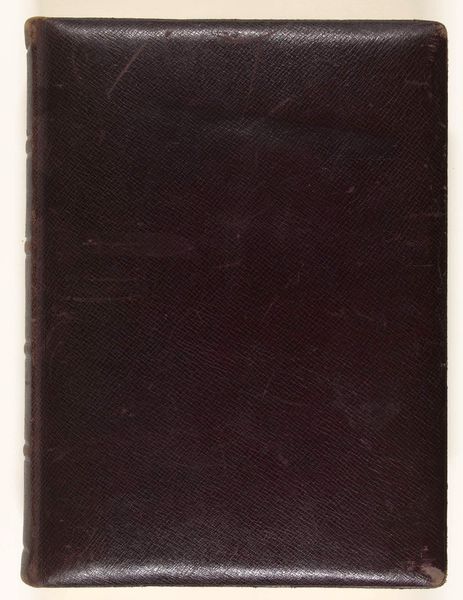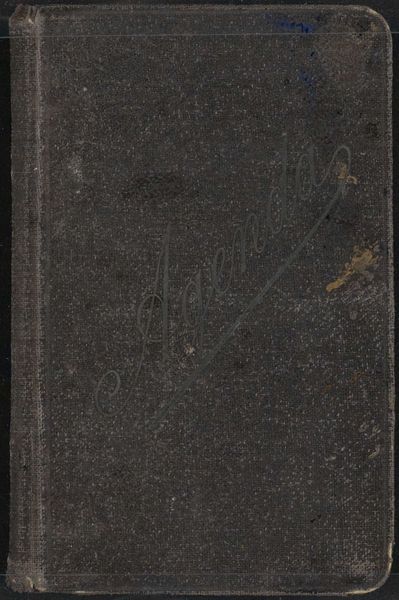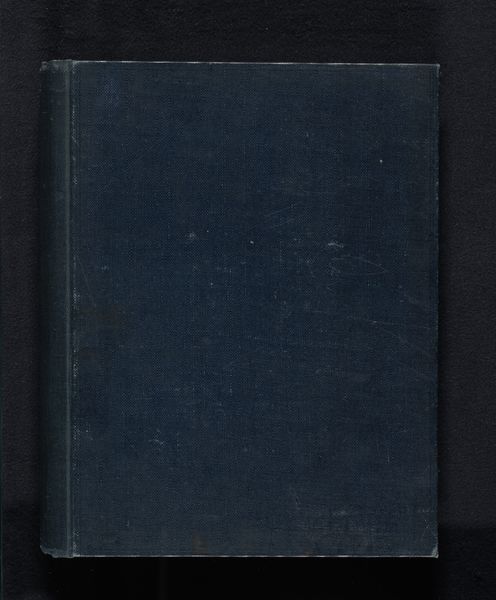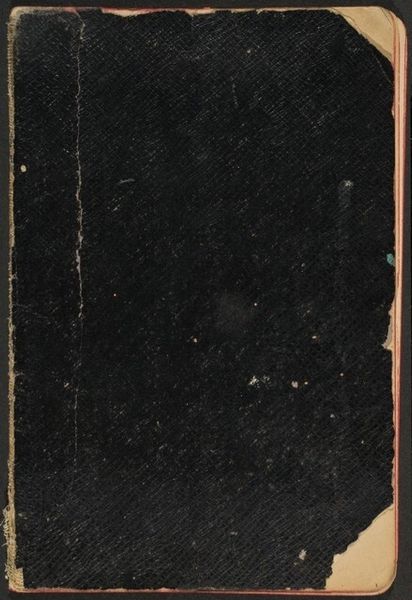
Stamboek van de leerlingen der Koloniale School voor Meisjes en Vrouwen te 's-Gravenhage deel I (1921-1929) Possibly 1921 - 1929
0:00
0:00
mixed-media, collage, photography
#
mixed-media
#
collage
#
book
#
photography
#
modernism
Dimensions: height 352 mm, width 445 mm, width 225 mm, thickness 30 mm
Copyright: Rijks Museum: Open Domain
Curator: At first glance, this is a bound book. The black cover seems stark, almost foreboding, lacking any immediate ornamentation or title. It makes me curious about what stories lie within. Editor: Indeed, what we see here is something titled "Stamboek van de leerlingen der Koloniale School voor Meisjes en Vrouwen te 's-Gravenhage deel I (1921-1929)". The literal translation tells us it's a register of students from the Colonial School for Girls and Women in The Hague, Volume I, dating roughly from 1921 to 1929. Curator: So, immediately the material construction becomes compelling – the presumably sturdy binding speaks to archival preservation, but the cover’s very austerity hints at the societal expectations projected onto these young women. Was photography involved? Editor: Good eye. Mixed-media – collage, and photography are indicated in its making. Given the historical context, these photographic elements most likely represent individual or class portraits affixed within its pages. It is fascinating that the cover is devoid of imagery, given this component, what power structures were dictating the choices on the visual construction of the book, do you think? Curator: The lack of exterior imagery is certainly telling, the bareness suggesting, perhaps, an erasure or control of the colonial narrative it might contain. If photography is internal, who had access and how it could be interpreted become potent questions. Editor: Precisely! Access is everything. In scrutinizing this ledger, one must question the ideology underpinning the Colonial School itself. The register isn't just a neutral record; it's a historical document, shaped by policies of colonialism and patriarchy. Curator: And thinking of the physical process - consider the labor invested in binding, typesetting, and compiling this register. Its existence stands as evidence to institutional intent, demanding to question its effect on young female students during this time. Editor: Reflecting on its weight, "Stamboek…" is a sobering artifact, compelling examination of the structures that have long shaped us. It serves as a constant reminder of history. Curator: I concur. Seeing it reminds me of labor, structure and history embedded into every detail—an evocative piece for pondering colonialism and female education within larger power dynamics.
Comments
No comments
Be the first to comment and join the conversation on the ultimate creative platform.
